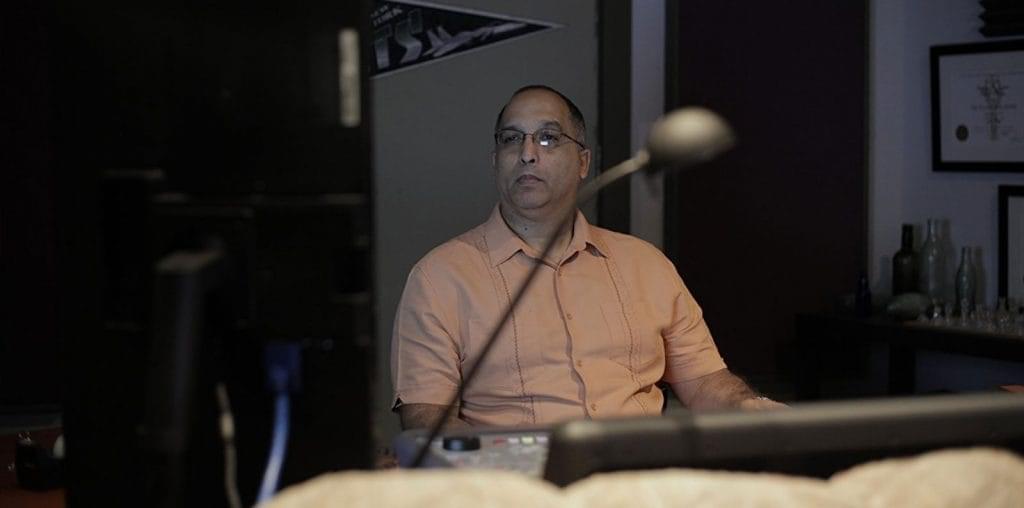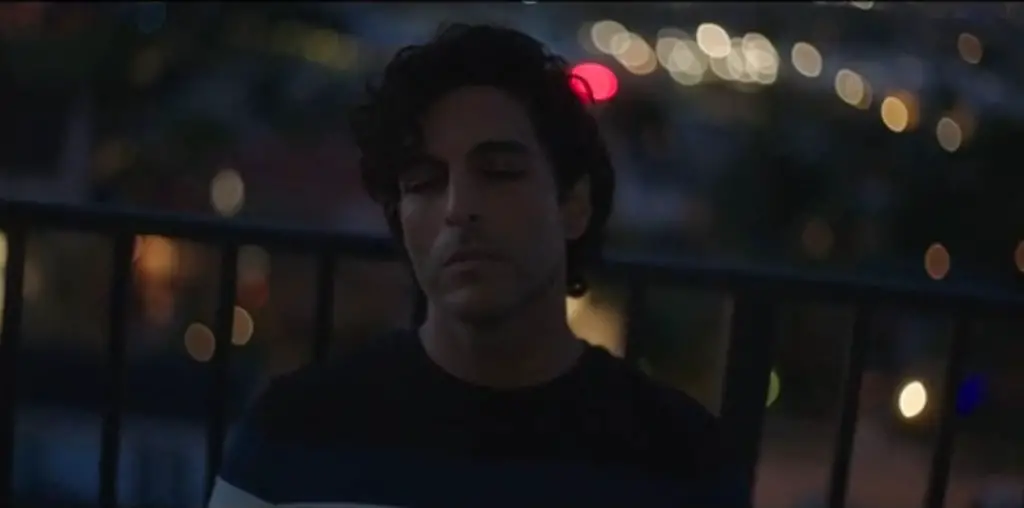
When something unexpected happens at the Oscars, everyone says it’s a “rarity.” When it happens two times in a row, it’s a “coincidence.” A third time in a row is a pattern, and a fourth is a statement. Such is the case with “The Artist,” because when it won the Oscar for “Best Picture” at the 84th Academy Awards this past Sunday night, it marked the forth consecutive year that a film with a reported budget of under $15 million won the night’s crowning prize. Small films have dominated the most significant Oscar’s since 2008, which not so coincidentally, is when the economic crisis began. Thus, today we’re going to look at the past four Academy Award “Best Picture” winners, and examine what trends they’re setting for the immediate future of the motion picture industry.
The Artist (2011)
Hot off becoming the first black and white film to win the “Best Picture” Oscar, since 1929, this “under $15,000,000 million budget” has earned $31,779,657 domestically and $44,672,305 internationally, giving it a combined total of $76,451,962. Thanks to five Oscar wins, including “Best Achievement in Directing” for Michel Hazanavicius, and “Best Actor in a Leading Role for Jean Dujardin, along with the “Best Picture” nod, “The Artist” will enjoy a boost at the box office. Last year, “The King’s Speech,” enjoyed a 41% boost in ticket sales on the first weekend after winning “Best Picture.” Of course, the additional boost in income may be hindered slightly by the fact that this picture is a silent film in black-and-white, because Academy voters are far more gracious with their support of creative risks, than is the court of public opinion.
The Artist” will also enjoy a better than expected DVD sales, its international value has also immediately increased, as has the television and cable value.
The King’s Speech (2010)
Winner of four Academy Awards including “Best Picture,” this $15,000,000 million budget made a whopping $427,374,139 worldwide, ($138,797,449 domestically and $288,576,690 internationally). More importantly, the film took in $20,600,000 of its domestic total after its Oscar wins. The film also made $31,710,090 on DVD. Not bad for a picture that had to piece together the financing from multiple continents.
The Hurt Locker (2009)
Talk about David versus Goliath, this little $15,000,000 budgeted war film took down “Avatar”, the highest budgeted and highest grossing motion picture of all time, on it’s way to winning six Academy Awards, including “Best Picture.”
While “Avatar” had a budget between $280,000,000 and $500,000,000 (depending on whom you believe) and earned $2,782,275,172, worldwide, “The Hurt Locker” only earned $17,017,811 domestically and $32,212,961, internationally, giving it a modest total worldwide of $49,230,992.
“The Hurt Locker” director Kathryn Bigelow also became the first woman to win the “Best Achievement in Directing” Oscar.
Slumdog Millionaire (2008)
This picture that triggered the current trend toward awarding small films the Academy Award for “Best Picture.” As an eight-time Oscar winner, this $15,000,000 budget earned $141,319,928 domestically and $236,590,616 internationally, giving it a worldwide total of $377,910,544. Furthermore, the DVD sales raked in another $33,484,523. Obviously, this film proved itself to be far more significant than it’s original fate, to be released home video only.
The $15,000,000 “Best Picture” Winning Budget
The one thing that jumps out at me when examining the four most recent “Best Picture” recipients is that all of them claim to have a budget of “$15,000,000”. Coincidence? I doubt it. While I have no evidence of the following statement, I believe these film’s cost $15,000,000 each about as much as much as you believe that I’m going to win my first Oscar at next year’s 85th Academy Awards.
It’s bullshit, plain and simple.
It seems to me that saying your film costs $15,000,000 is code for saying “my picture costs under $8 million, hell it was under five, but I can’t officially say that because every union from SAG to DGA to WGA to the Teamsters will get pissed off if we reveal how little their union members actually got paid.”
So, for you indie filmmakers out there, rejoice, because these “Best Picture” winning darlings don’t have budgets much bigger than the film you’re developing as you read this article.
Bigger Is Not Better
With the past four “Best Picture” winners going to smaller films, it seems as though the industry is awarding the creativity with limited financial resources as opposed to the effortless action of writing a big check. I’m sure this trend is a reaction to the economic crisis, because in times like these, nobody wants to reward the “Best Picture” nominee who spent the most (this year “Hugo” had the deepest pockets, with a production budget of $170,000,000). I’m also sure this trend will change again as our economy gets better. Soon enough, films like The Lord of the Rings” and “Titanic” will get back to their winning ways.
Until then, indie filmmakers like you have a generous serving of hope to take home the film industry’s top prize. I thank you once again for lending me your eyes, and I look forward to borrowing them again next Tuesday.
I can be followed on Twitter @Lonelyseal.


But one of the many signs that the industry is starving for change. Great read.
Very well written.
And of course the “15 million” budget quote doesn’t include any of the marketing expenses. There’s no way the Weinstein Oscar push was for anything less than $20 million. That’s the real trend for the future: marketing budgets that exceed production budgets.